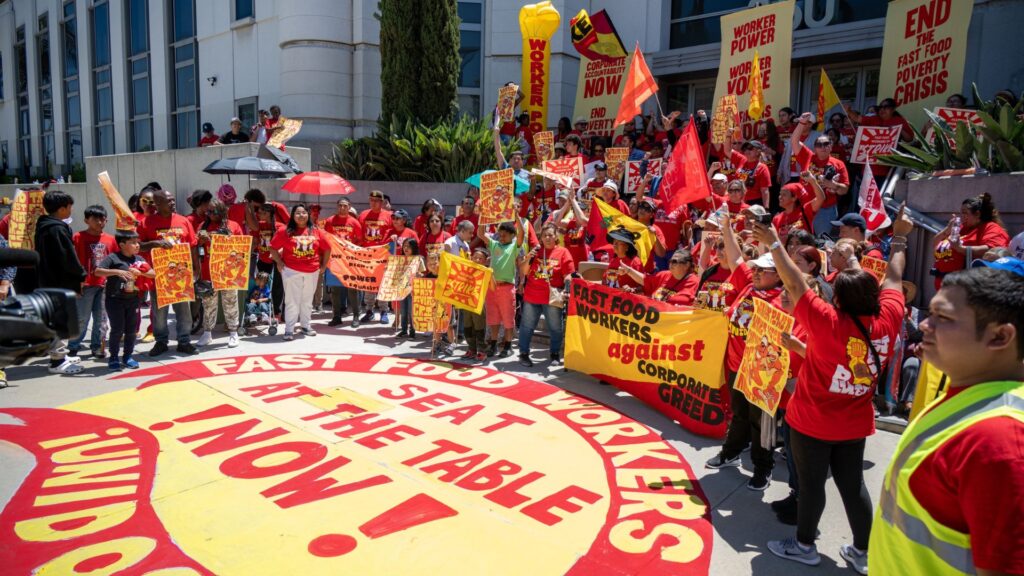Restaurant owners and executives in California have admitted that there is one surprising benefit to California’s recent $20 fast food minimum wage law: better workers.
This revelation comes after the fast food industry has bashed California’s minimum wage law, as it’s led to many fast food eateries being forced to shut down, lay off employees or raise menu prices.
California’s Fast Food Workers Are the Highest Paid in the U.S.

Due to the $20 minimum wage increase, California’s fast food workers are now the highest paid in the industry across the U.S.
Before this increase, the highest-paid workers in the U.S. were those in Washington State, whose minimum wage is $16.28 per hour.
Only One Advantage So Far

Across the board, fast food chain owners and executives haven’t supported California’s new minimum wage law, which increased fast food workers’ hourly wage to $20 across the state.
However, some restaurant bosses have admitted that higher quality workers have been applying to their fast food locations because of this higher wage.
More Job Candidates
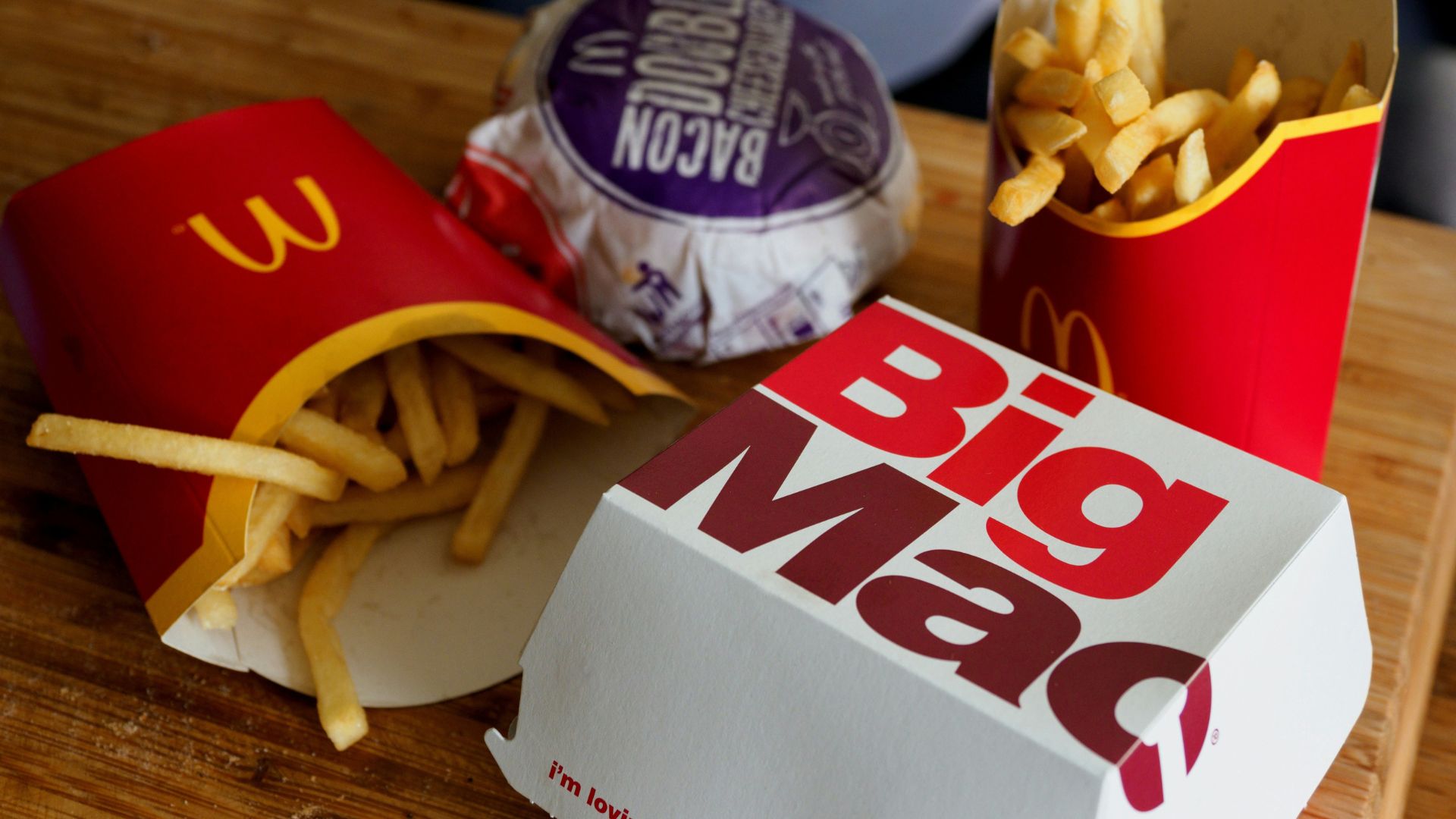
This has also led to the industry as a whole seeing a massive influx of new job candidates. Many of these candidates are of high quality, which only benefits a fast food establishment.
These better-quality workers have seemingly begun to apply to fast-food restaurants because of the higher wages they’re guaranteed to receive.
A Silver Lining

Jim Holthouser, the CEO of GoTo Foods, which owns brands like Auntie Anne’s and Cinnabon, revealed more about this surprising benefit.
“If there’s a silver lining in all that, it’s greatly improved the availability of labor for QSR [quick-service restaurants] at least temporarily in California,” Holthouser stated.
Workers Are Choosing the Fast Food Industry
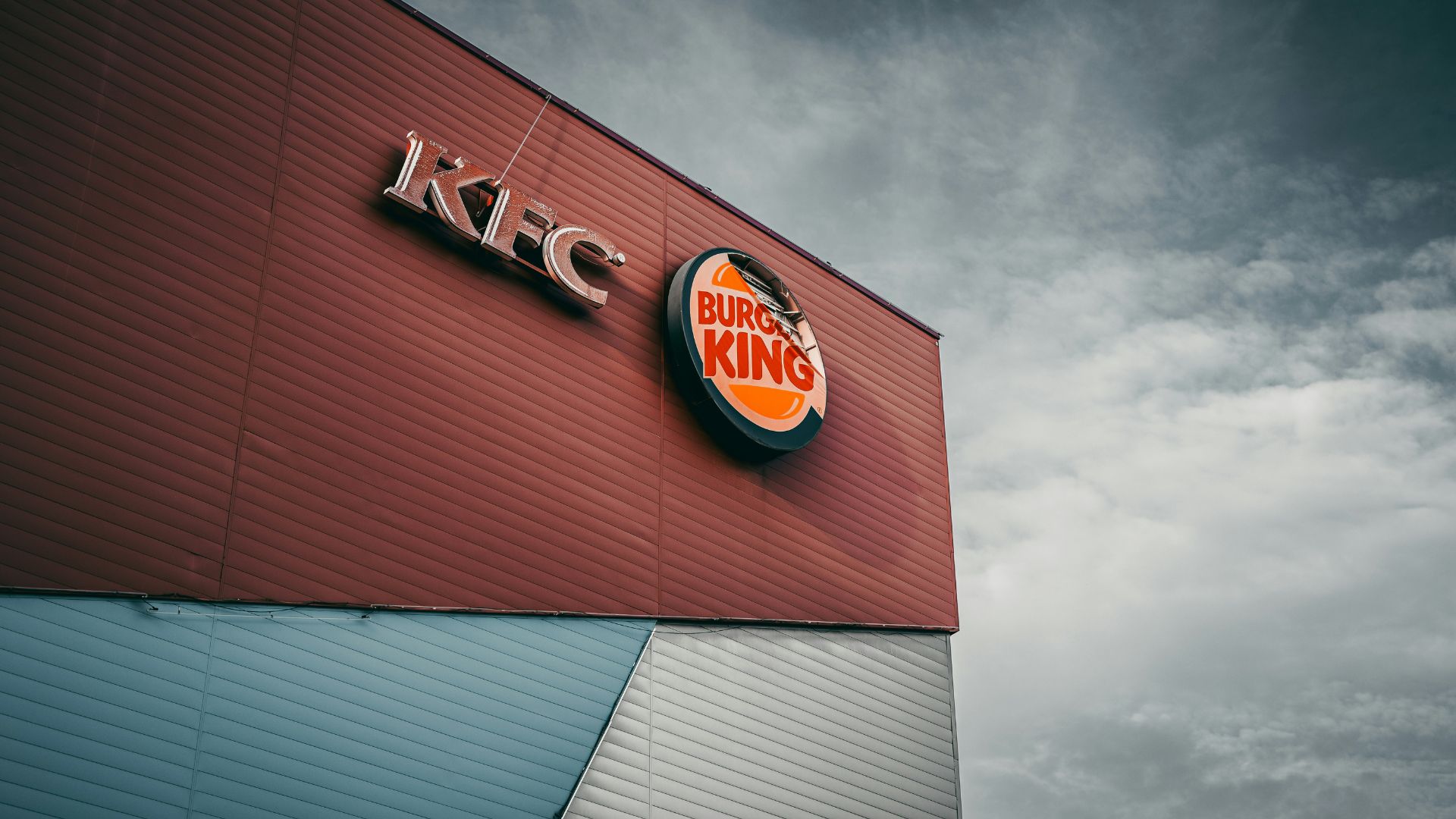
The COO and president of A&W Restaurants, Betsy Schmandt, also agreed with Holthouser’s statements, explaining that more people in California are jumping to work in the fast food industry.
“We’re seeing actually a big influx of labor coming to our restaurants,” Schmandt said. “People are moving from other industries into restaurants because of this. So we’re actually seeing an increase in quality of labor.”
The Fast Food Industry Is Booming
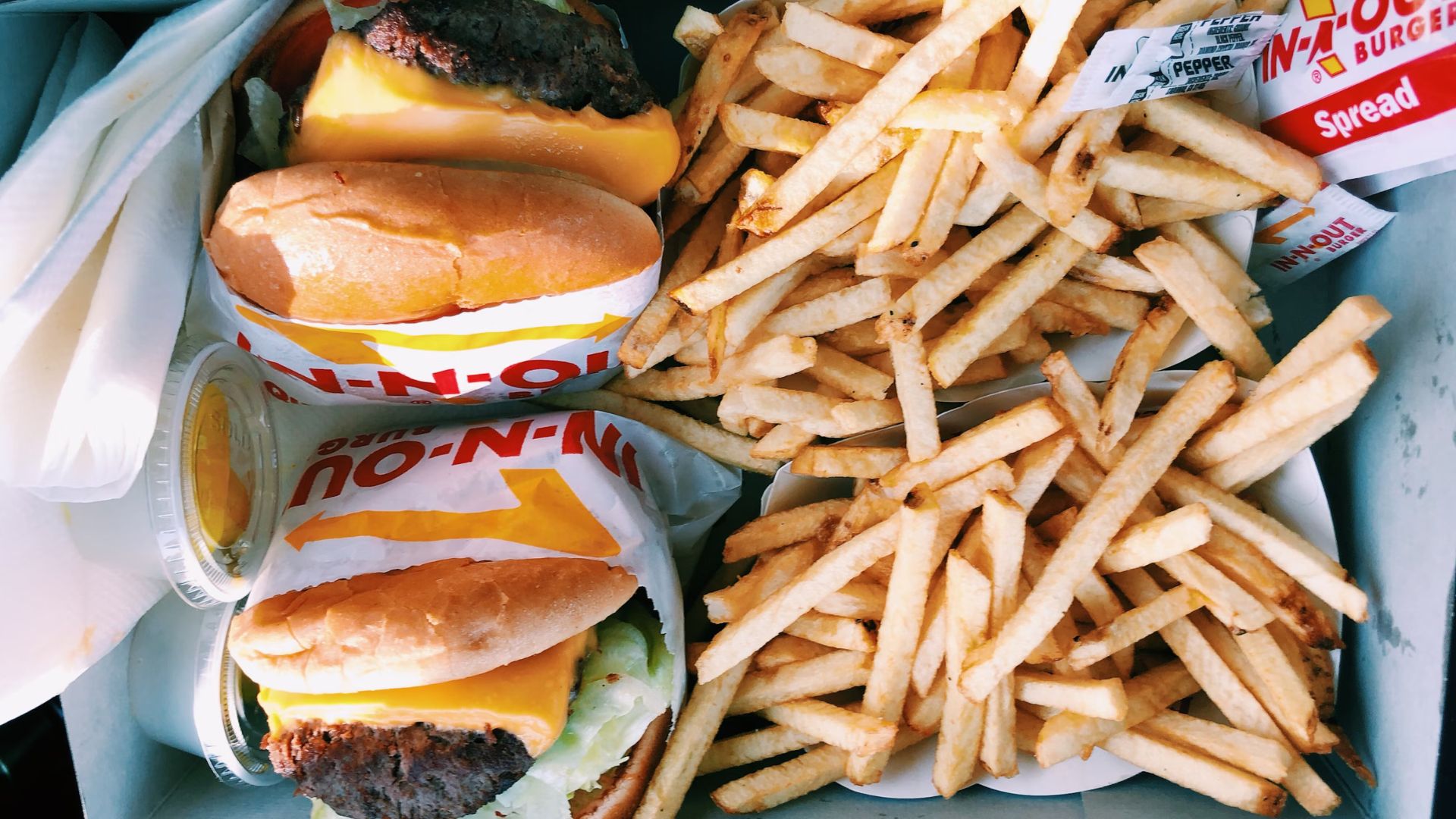
Before this wage increase, the fast food industry had booming earnings. This was mostly helped by a 47% price increase over a 10-year period.
Although the average price in other areas had only increased by 29%, fast-food restaurants were seeing record profits and were still able to attract customers because their love of quick, cheap and easy meals hadn’t gone away.
Employers Paying Their Fair Share
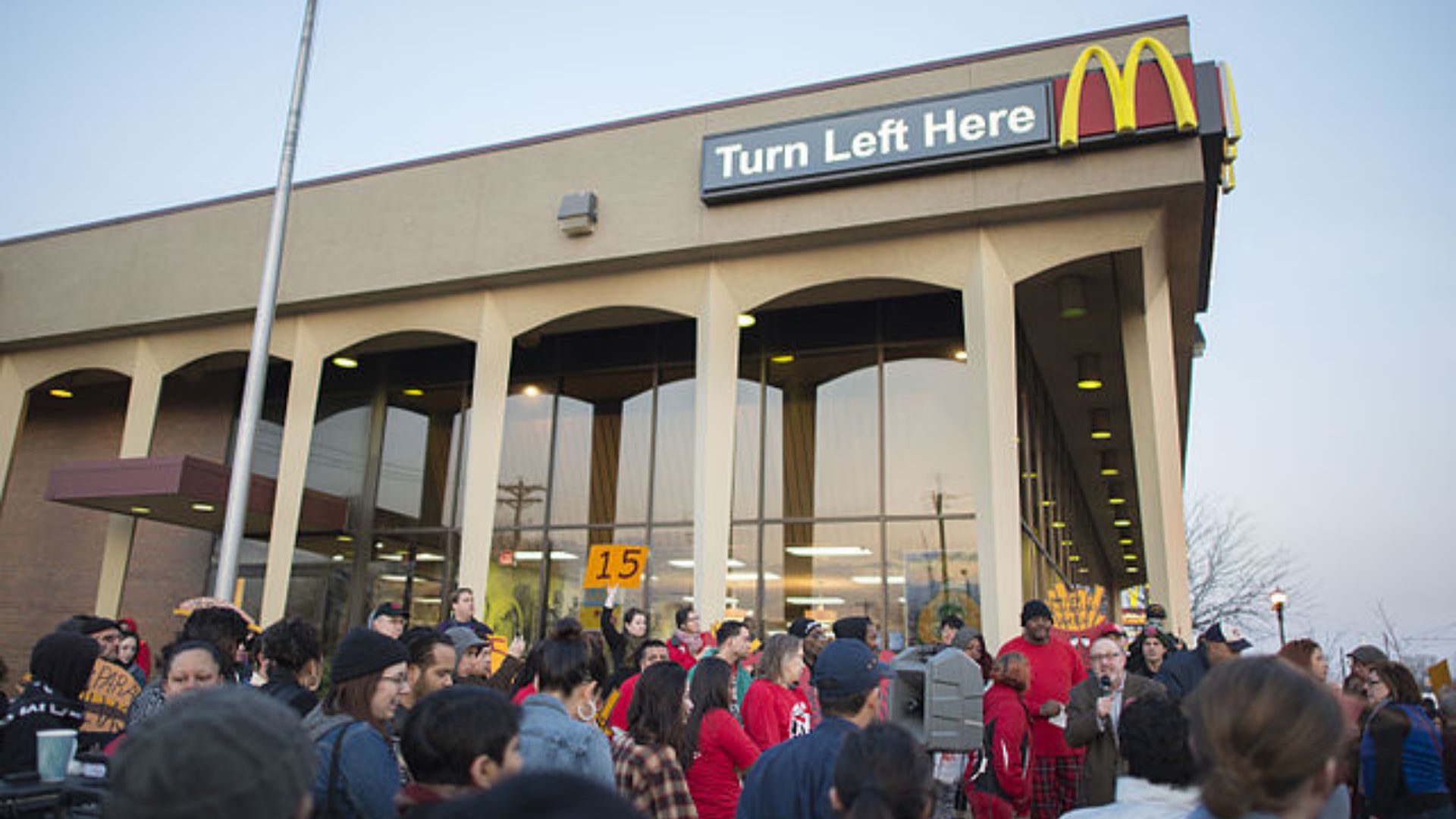
The new law specifically targets large fast-food chains over local and independent restaurants.
Joseph Bryant, executive vice president of Service Employees International Union, said: “The vast majority of fast-food locations in California operate under the most profitable brands in the world. Those corporations need to pay their fair share and provide their operators with the resources they need to pay their workers a living wage.”
The Fast Food Council of Representatives
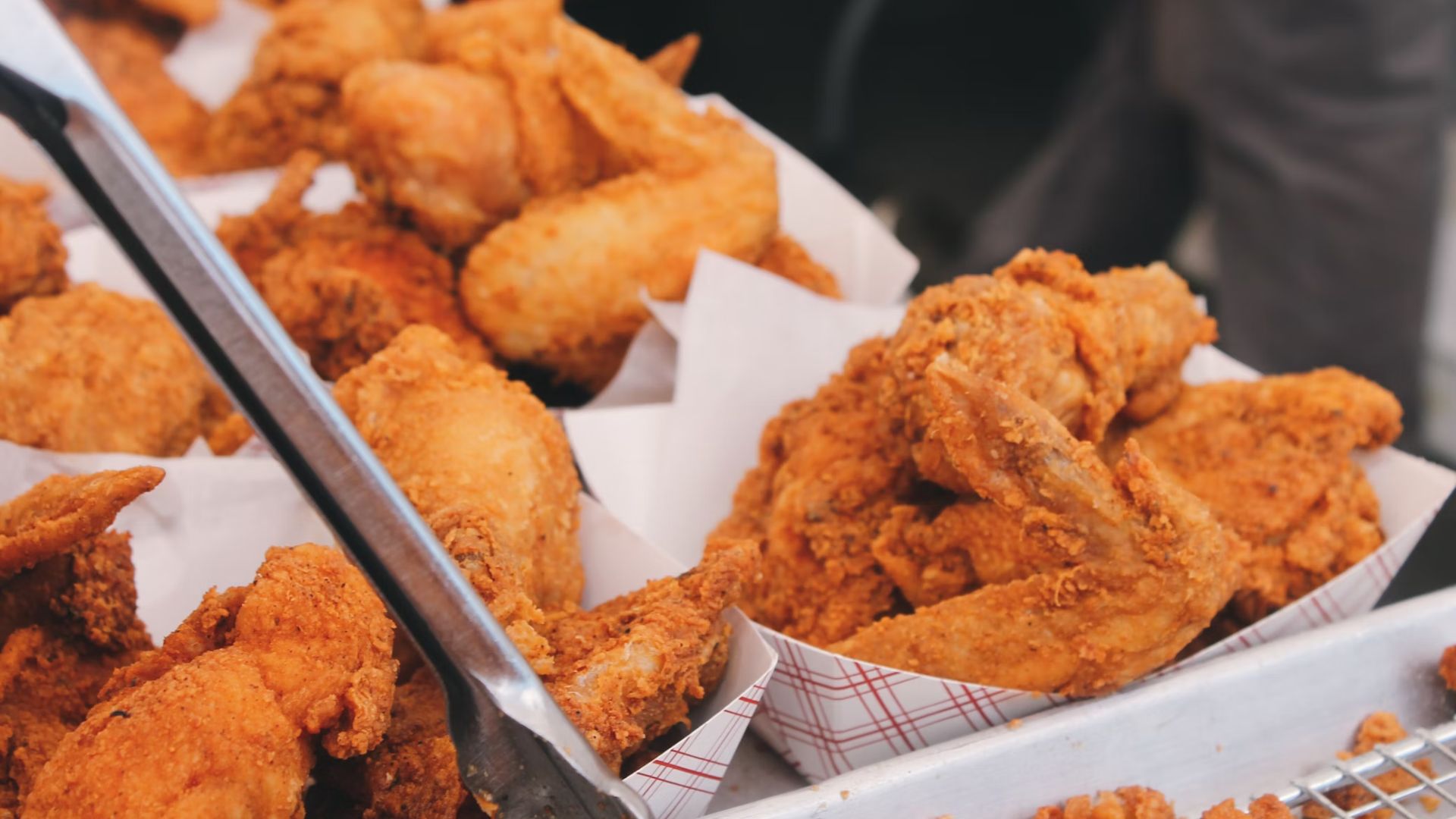
Due to the new law that has changed the minimum wage for fast food workers, this law also includes the creation of a council of representatives for fast food employers and employees.
The council can increase the fast food minimum wage each year by 3.5% or in line with inflation, whichever is higher. It can also advise and work with California state agencies on worker safety standards and investigations into various issues, such as wage theft.
What Classifies as a Fast Food Restaurant
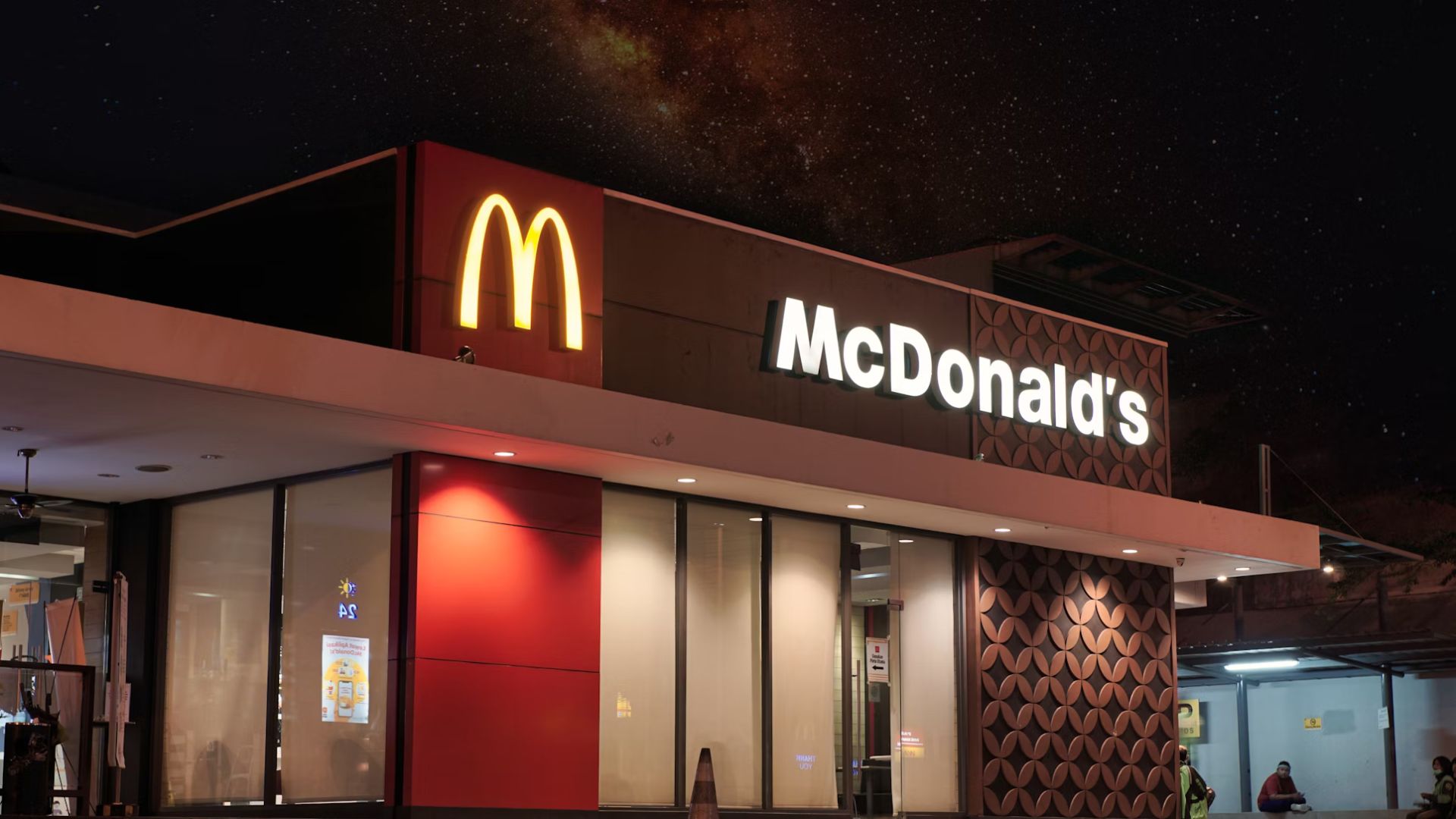
The guidance on the new fast food minimum wage law also includes what a restaurant must have to be classified as a fast food restaurant.
It mustn’t offer table service, and if it does, this has to be limited. It should be part of a chain of at least 60 restaurants, and it must serve food and beverages that should either be immediately consumed or eaten when the customer returns home.
Exemptions for Fast Food Restaurants in Grocery Stores
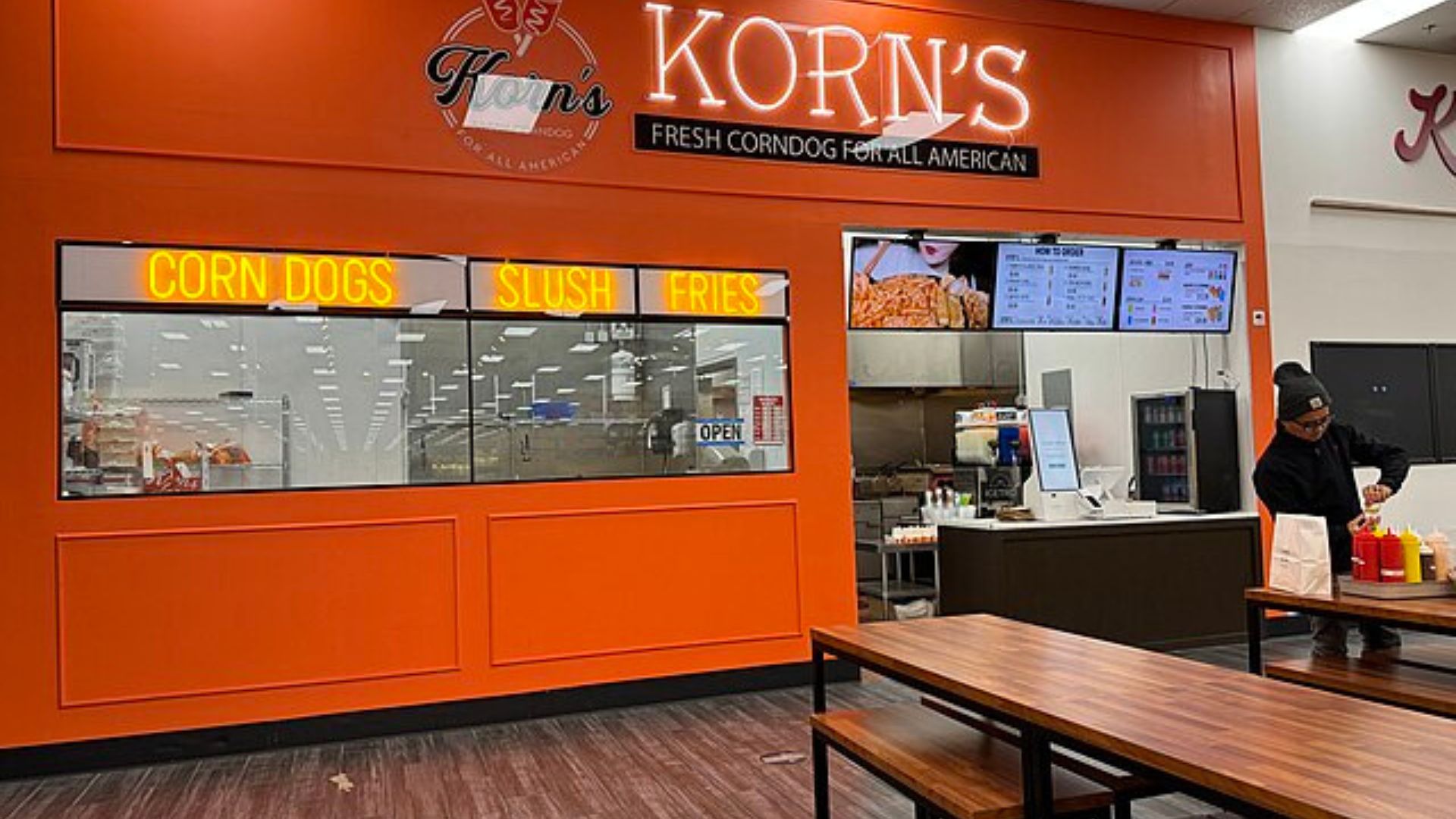
The guidance also provides some exemptions for fast-food restaurants located inside a grocery store. These restaurants must be more than 15,000 square feet and primarily sell groceries for consumption offsite.
This guidance also states that the store must sell other items in addition to groceries, earn more than 50% of its gross income from the sale of groceries and employ the workers who work at the restaurant located inside the grocery store.
Confusion Around Exemptions
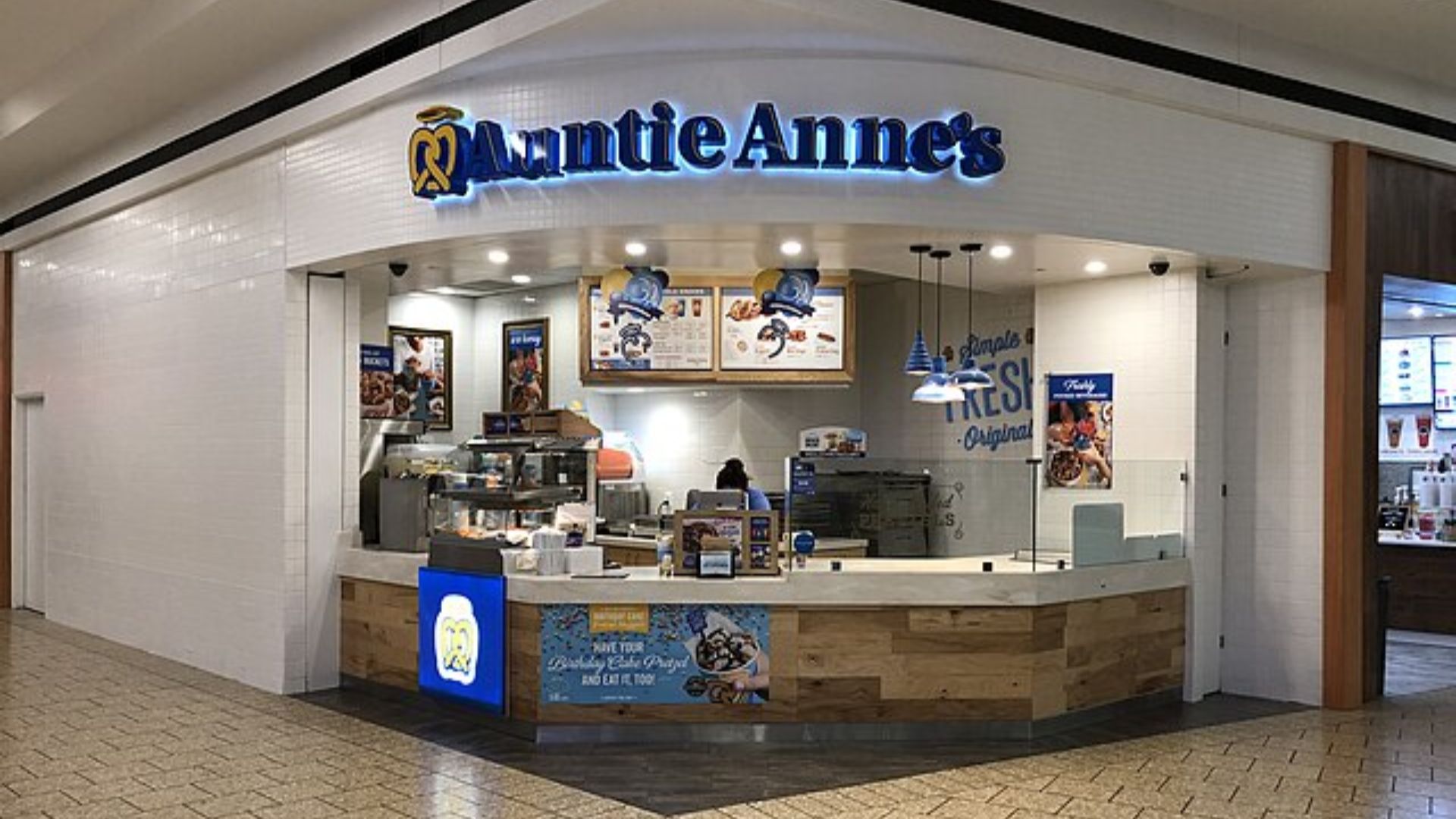
Some companies have been left confused about whether their brand is exempt from the new $20 an hour minimum wage.
One employer who owned an Auntie Anne’s and a Cinnabon believed that selling pretzels and other baked goods qualifies them for the bakery exemption. An ice cream parlor owner said: “This clarification is imperative as to whether or not we will be financial able to open more locations at the proposed wage increase.”
Some Locations Are Exempt
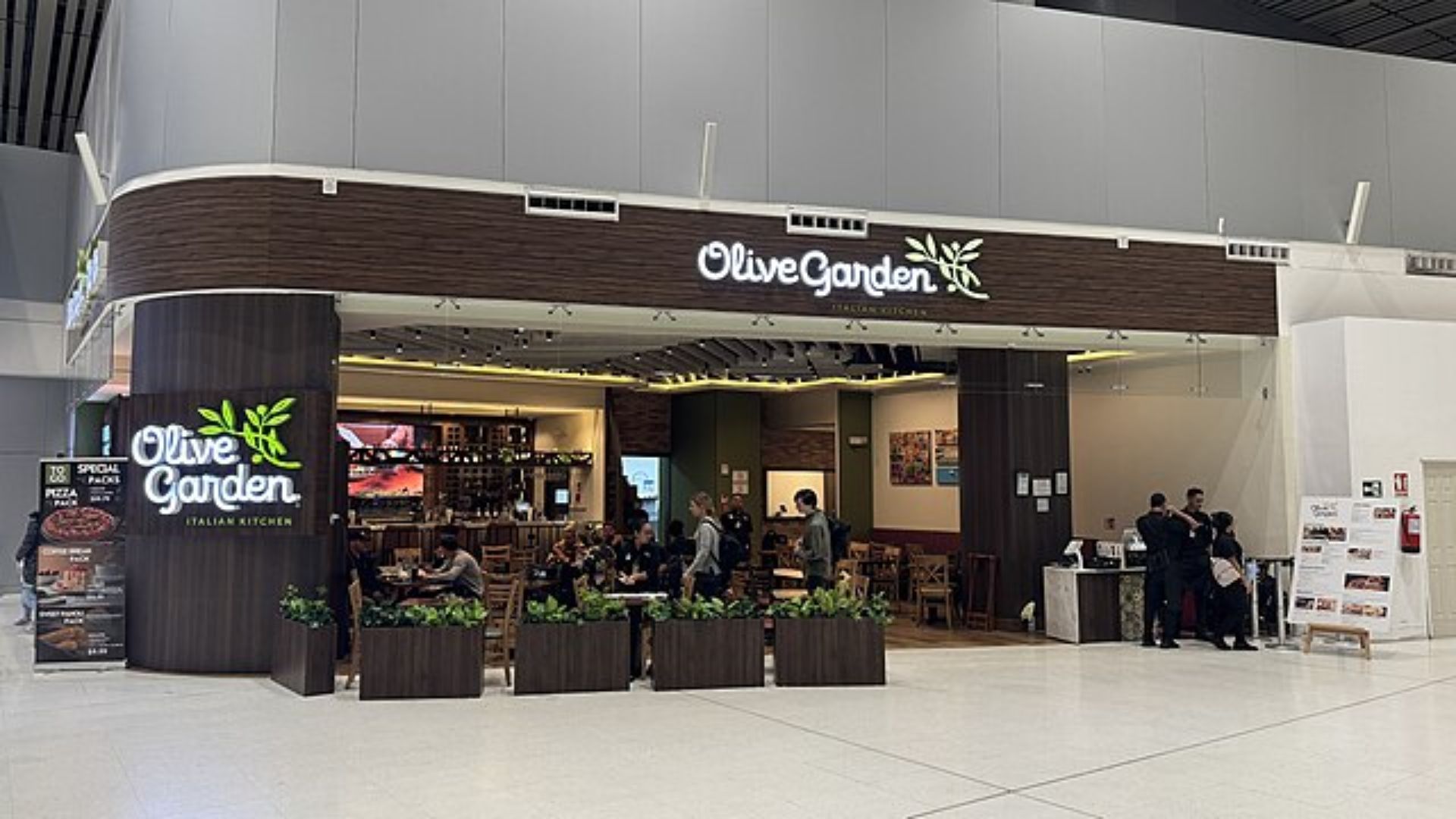
Along with grocery stores and some bakeries, fast-food branches in certain locations are also exempt.
Newsom signed into law a carve-out for fast-food establishments at airports, convention centers, theme parks and museums. The law targets limited-service restaurants that are part of national fast-food chains. The different rules for applications and exemptions have kept employers guessing if they have to pay the new wage since the law was signed in September.
A Temporary Benefit?
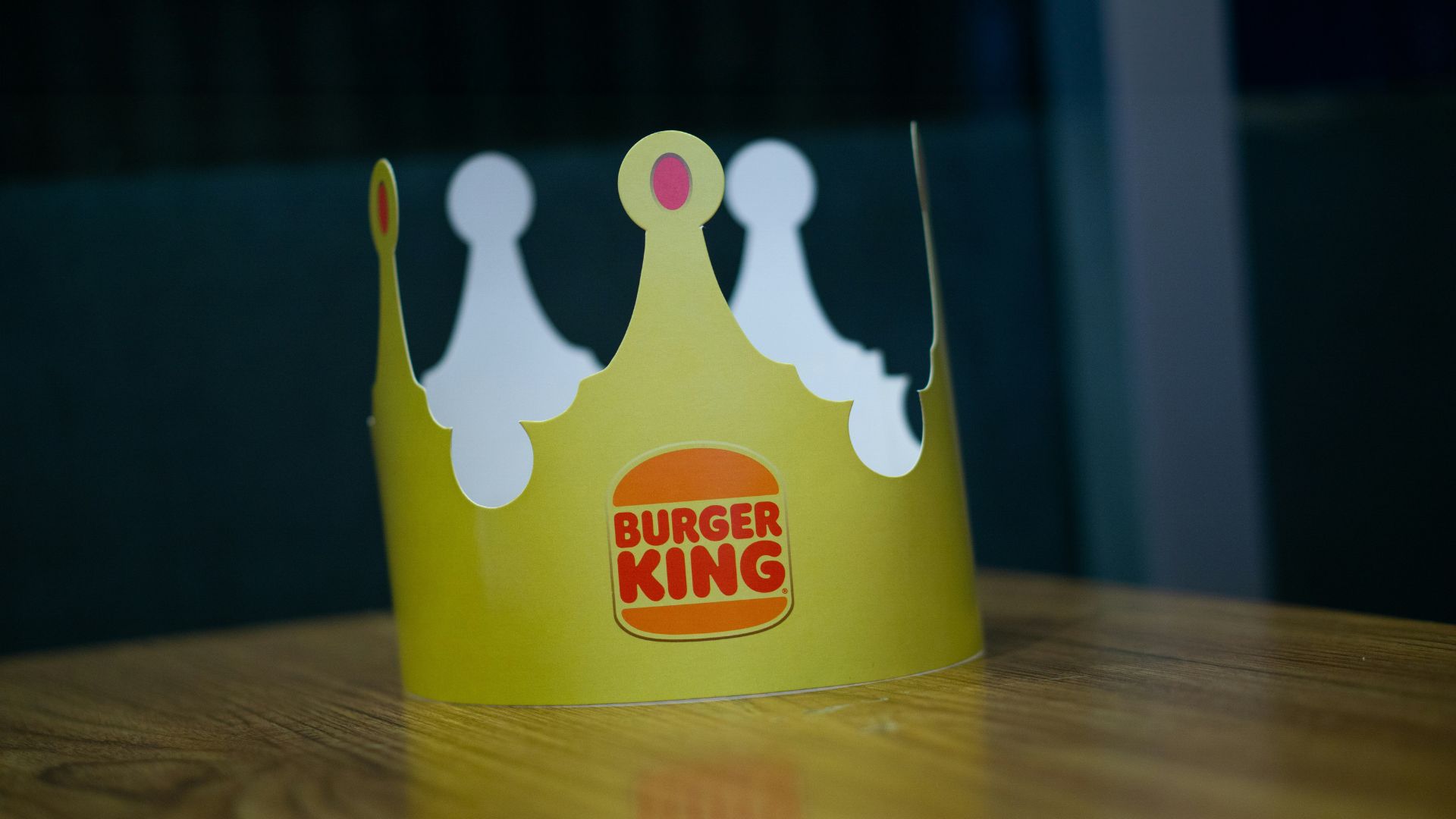
However, analysts have already warned that this new benefit the fast food industry is seeing could be only temporary.
There are a variety of reasons why higher quality workers applying for jobs may not become a permanent feature seen throughout all fast food restaurants. Analysts point to the rest of California industries vying to increase their minimum wage as one of the sole reasons why this benefit could become short-lived.
Who Benefits From the New Minimum Wage?

The introduction of the new minimum wage of $20 per hour will benefit over 500,000 Californians who currently work in the fast-food industry.
This half a million workers are predominantly women, immigrants and people of color in “limited service restaurants.” It is estimated that this new law will apply to around 3,000 employers in the state.
Other Workers Are Demanding the Same Increase
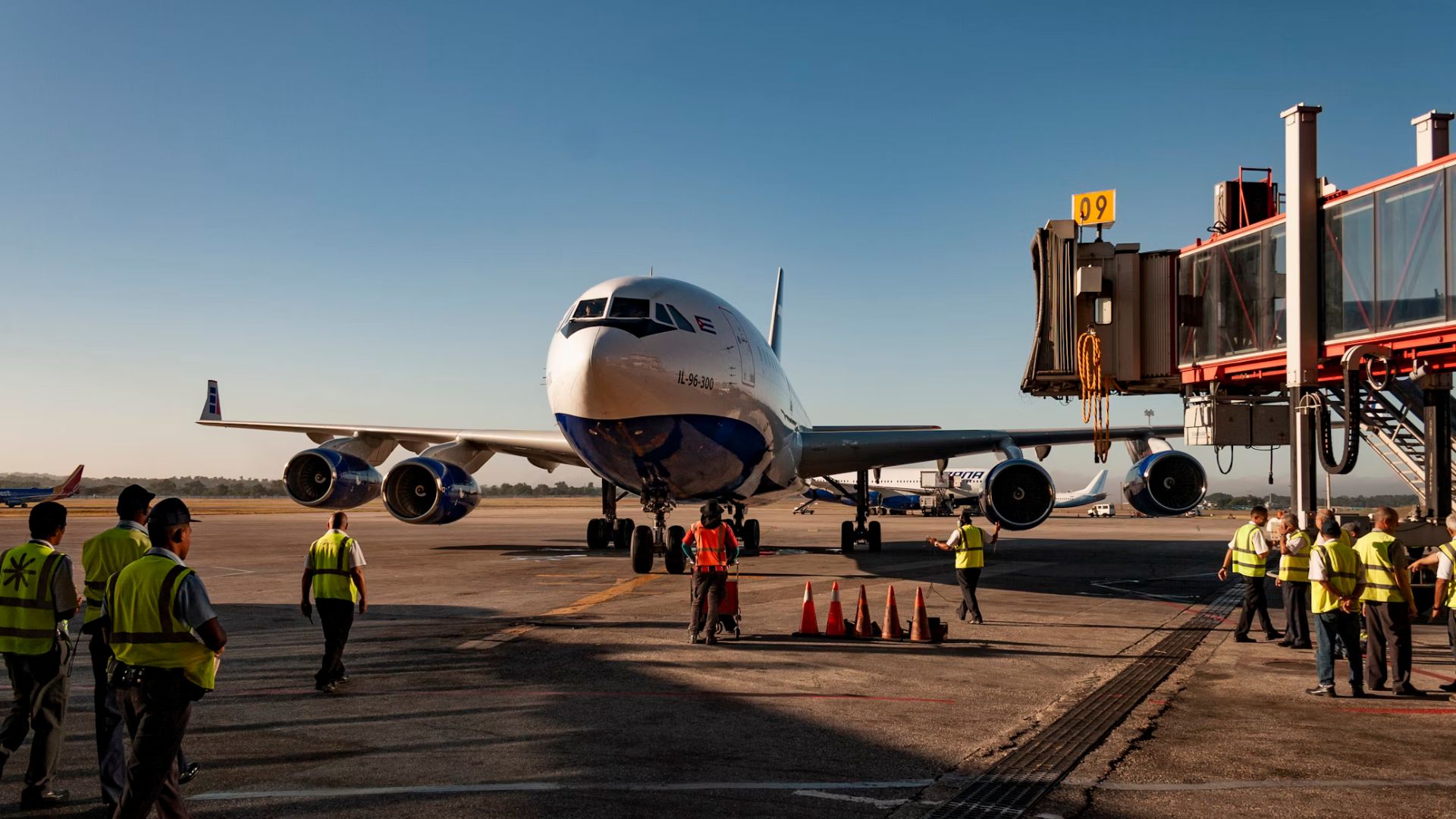
The news that some industries in California are also looking to increase their minimum wage will come as good news to workers, who have been demanding the same increase as those working in the fast food industry.
This is because they are still on the same wages that fast food workers were once on and can’t afford the rising cost of living. They believe an increase in the minimum wage in their industries would help them greatly.
Increasing the Minimum Wage in California

Many other industries, such as the sit-down restaurant industry, are already looking to increase their average minimum wage to compete with fast food chains.
This is because more workers are flocking to these higher-paying jobs at fast-food establishments. Other restaurants will want to keep these better-quality workers — so, they’ll raise their wages as well.
Competing for Workers

Therefore, more industries could increase their minimum wage to further compete with the fast food industry as a whole. If this occurs, fast-food restaurants may only see this benefit for a short time.
Of course, for workers in California, this could be seen as a positive, as the job market may begin to offer employment that features higher pay than seen in the past few years throughout the state.
Pressure to Match Fast Food Wages
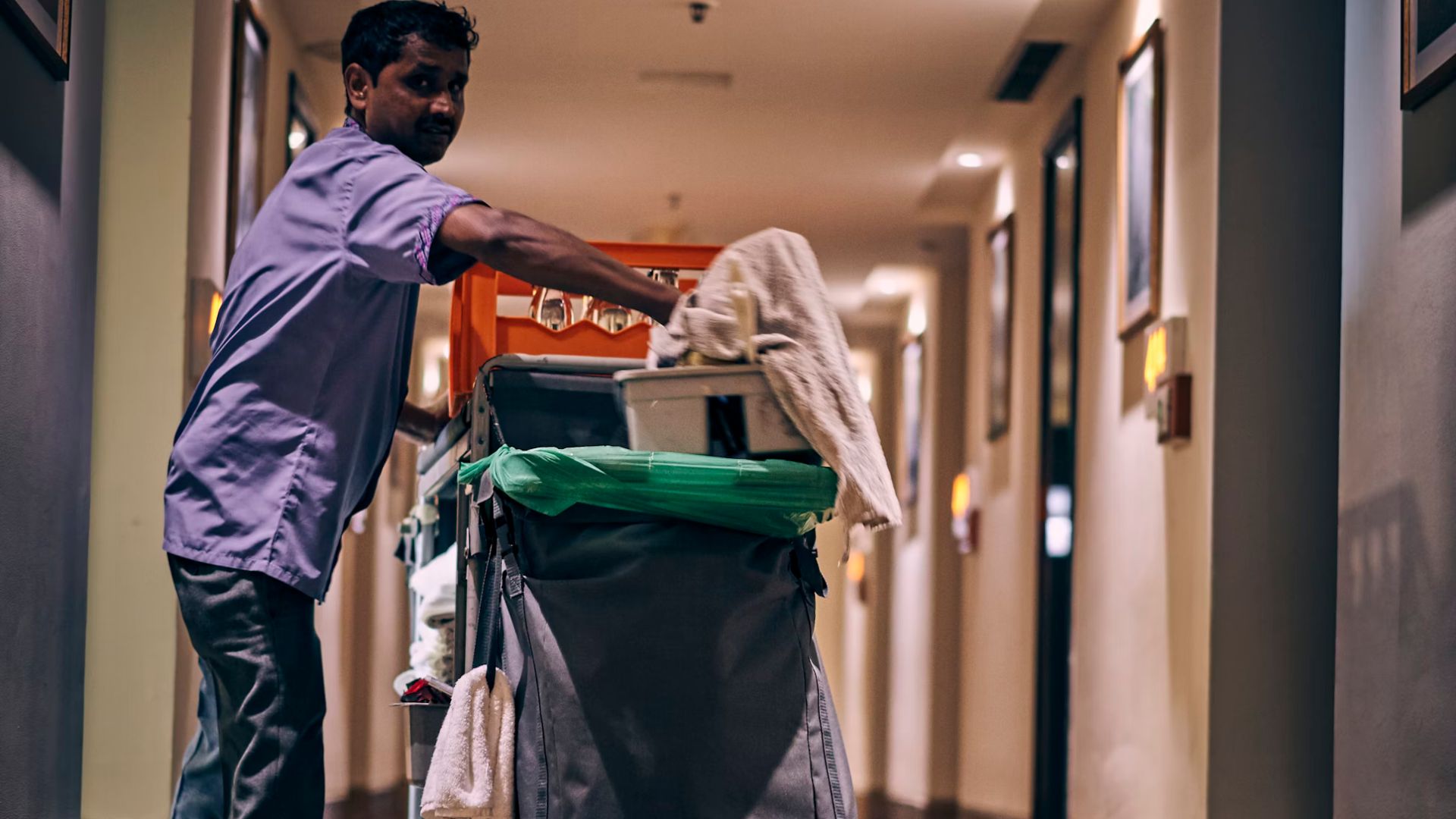
These industries that aren’t getting a minimum wage hike are now at risk of being pressured by their employees to match the fast food minimum wage.
Therefore, these industries risk losing their current employees to the fast food industry if they do not offer them a reasonable wage increase that helps them afford the rising cost of living.
California’s High Cost of Living

After all, this fast food minimum wage law was only passed by the California government because fast food workers weren’t making enough to meet the state’s incredibly high cost of living.
Many in the industry had to work multiple jobs in order to meet these high costs. The law was supposed to help these workers better deal with California’s high cost of living.
California Has the Highest Cost of Living

Out of all the states across the U.S., California has the highest cost of living. It is estimated that this is around 38% higher than the national average.
This has caused many Californians to move out of the state they have lived in their entire lives and choose to live in cheaper states, as they simply can’t afford anything in the Golden State anymore.
The Pros and Cons of the Minimum Wage Hike

Just like many things in life, there are pros and cons to the California fast food minimum wage hike. Some of the pros are that it’s likely other industries will see a rise in minimum wage, it gives a greater disposable income, and it can bring more workers into the industry amid labor shortage gaps.
However, this wage increase also has some cons. These include workers being replaced by machines, a rise in prices and reduced operating hours.
Unintended Consequences
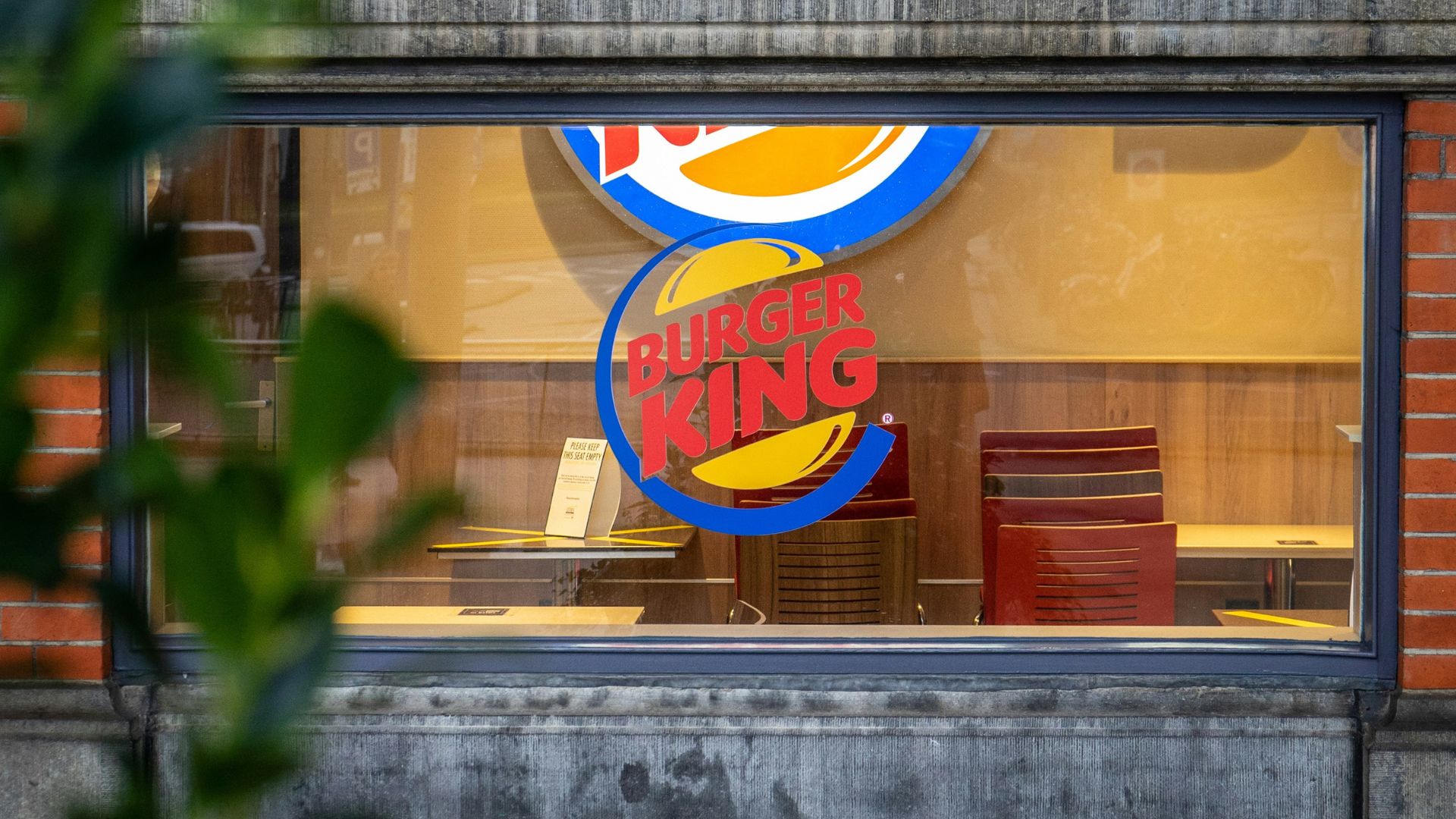
However, this minimum wage law has come with what many analysts are calling unintended consequences. Many employees have already been laid off since this law went into effect earlier this year.
Some chain locations have even completely shut down, as they’ve cited that they can not afford to pay workers $20 an hour.
Job Growth Has Slowed in California

Despite being the most populous state in the U.S., California has some of the highest unemployment rates.
In February 2024, California’s unemployment rate was 5.3%, much higher than the U.S. average of 3.9%.
Menu Prices Have Increased
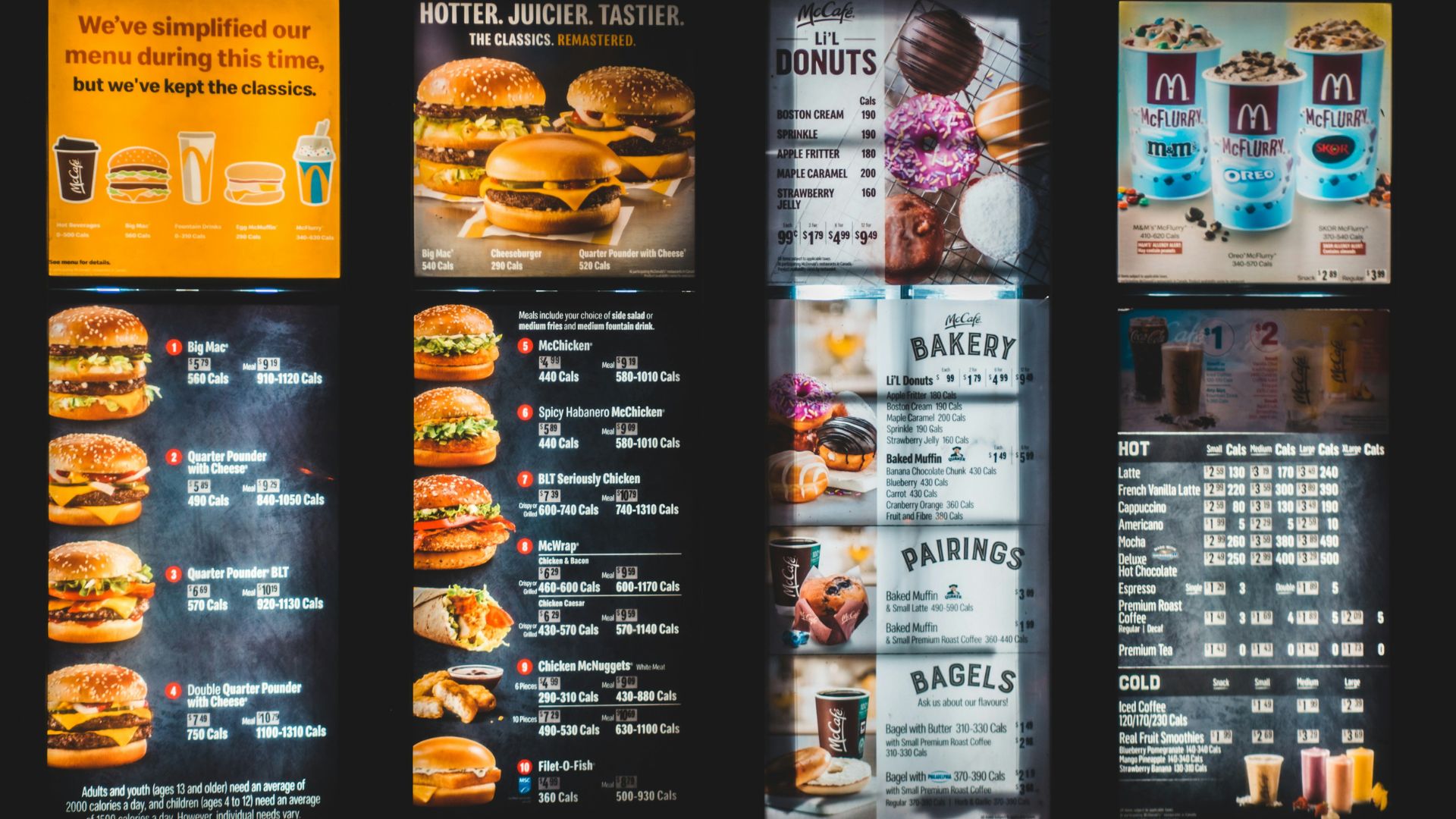
Restaurants that haven’t laid off workers have instead chosen to raise their menu prices in an effort to keep bringing in profits while still paying all of their employees $20 an hour.
From the get-go, the industry has warned lawmakers in California that this minimum wage law would make fast food unaffordable. Now, many consumers in the state have echoed this sentiment.
Customers Are Frustrated With This Rise

Those who are worst hit by these menu rises are the customers. As many fast food customers are low-income earners, they cannot afford to eat there anymore.
Instead, they choose to make their food at home or go to casual dining restaurants. As these restaurants are now only slightly more expensive than fast food outlets, people have realized they can get more for their money.
Fast Food Managers Are Earning Even More

While many have complained that the minimum wage increase has raised the prices of fast food, the managers of these restaurants are earning even more than the workers.
The salary of a fast food manager has gone up to $83,200 a year, which is a 25% increase. What’s worse is that this is only the average, with general managers at Raising Cane’s stores receiving an annual salary of $174,000.
Another Benefit?
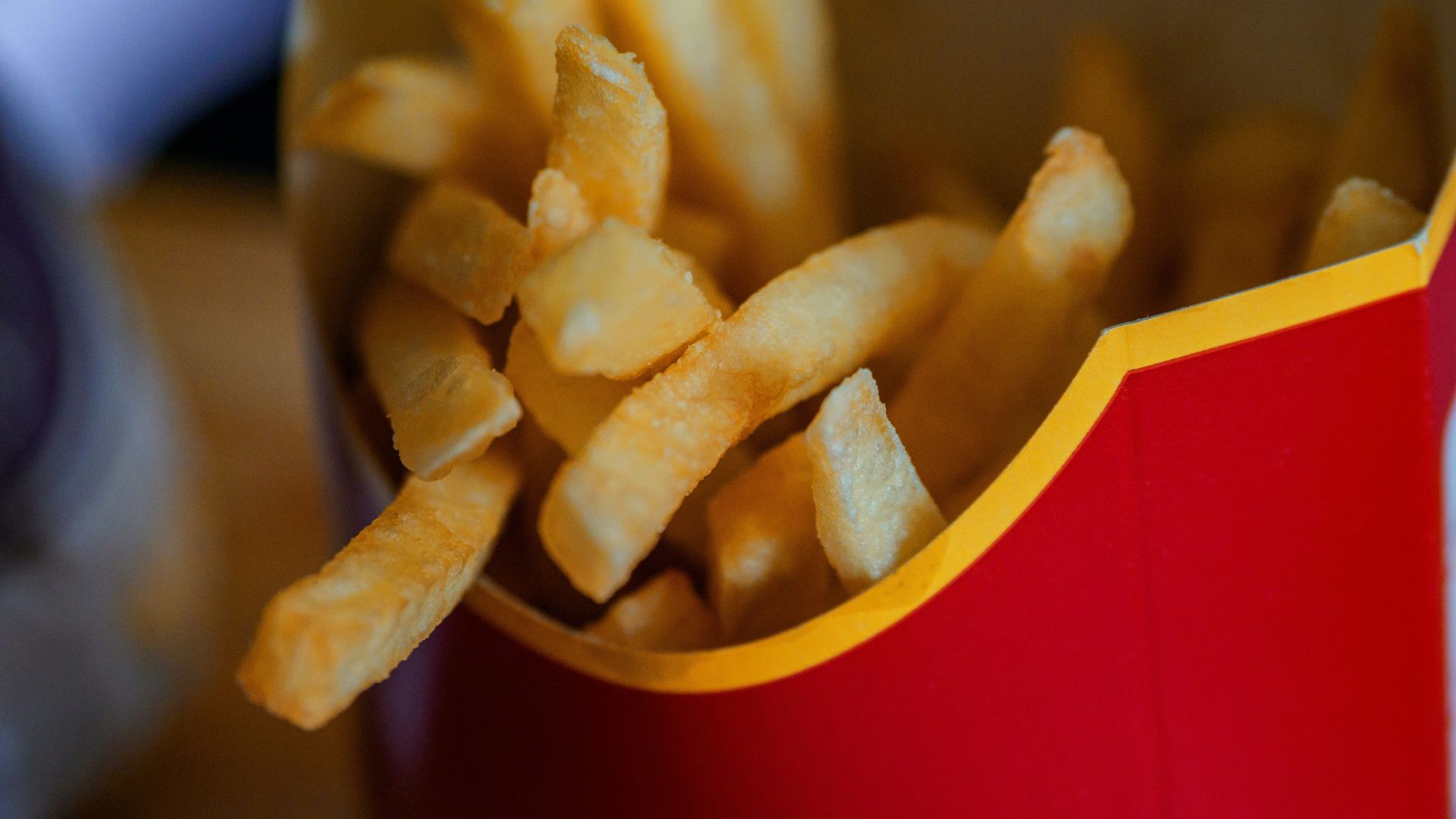
Another benefit from this law could be seen in how restaurants have chosen to think of more innovative ways to run their fast food eateries. Often, this has included adding new technology to their locations.
However, the addition of digital kiosks and automation devices could also be seen in a negative light, especially considering these types of technology take the place of human workers.
New Legislation in L.A.

The new minimum wage has set the tone for further legislation in the rest of the state.
New legislation has been proposed wherein restaurants in Los Angeles would be required to provide employees with a six-hour orientation on their workplace rights. The law would also require employers to schedule shifts at least two weeks in advance. This proposal was submitted to the City Council at the beginning of the month.
A Tale of Two Unions
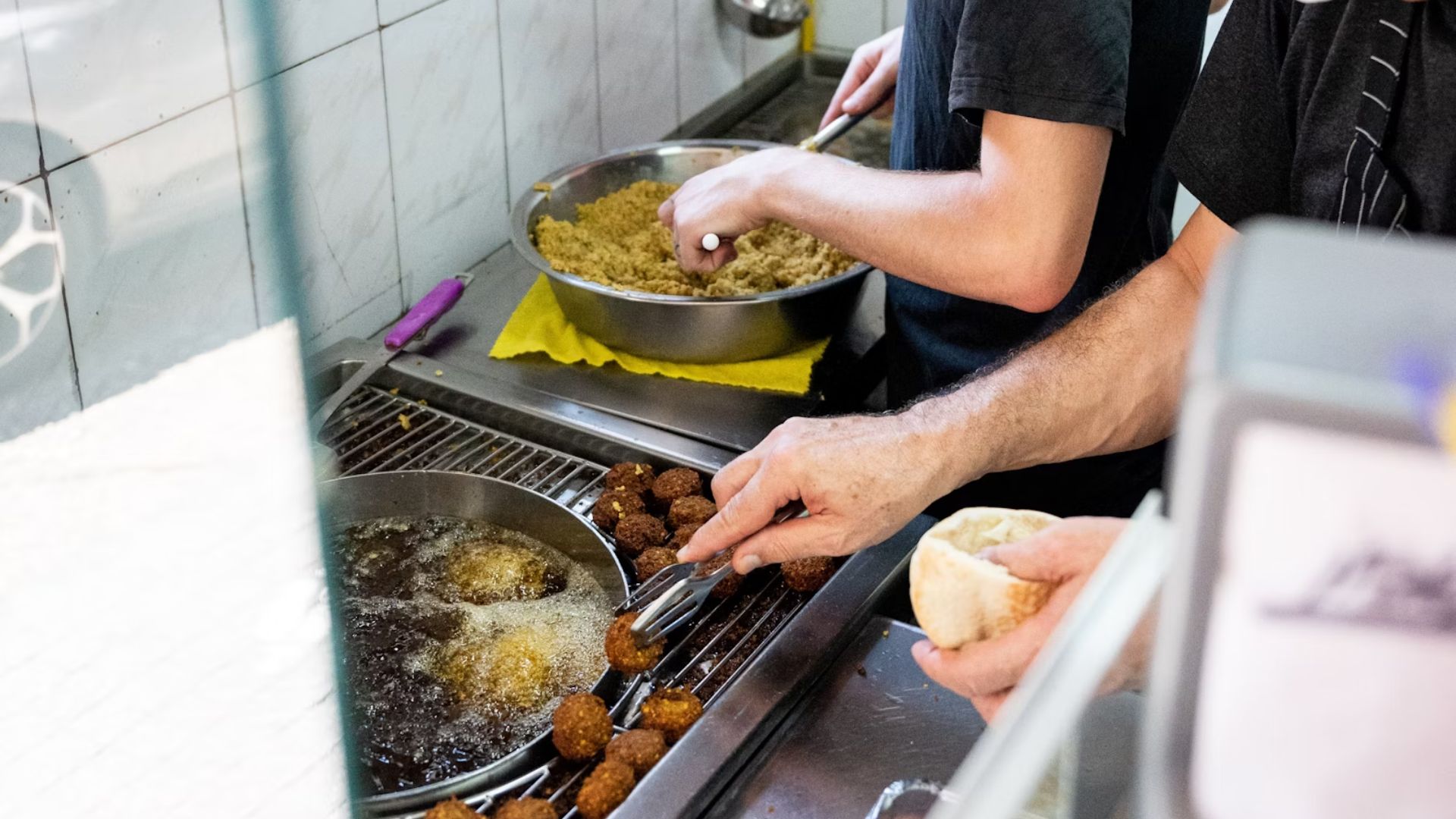
L.A.’s proposal to further enforce workers’ rights has attracted the attention of fast-food workers’ unions and employers’ unions.
The California Fast Good Workers Union shared accounts of workers’ rights violations that could have been prevented if this proposed legislation was already in place. A spokesperson cited an instance of an employer refusing to let a pregnant worker go home while she was suffering from chills and a fever.
Workers’ Unions Welcome the Proposal
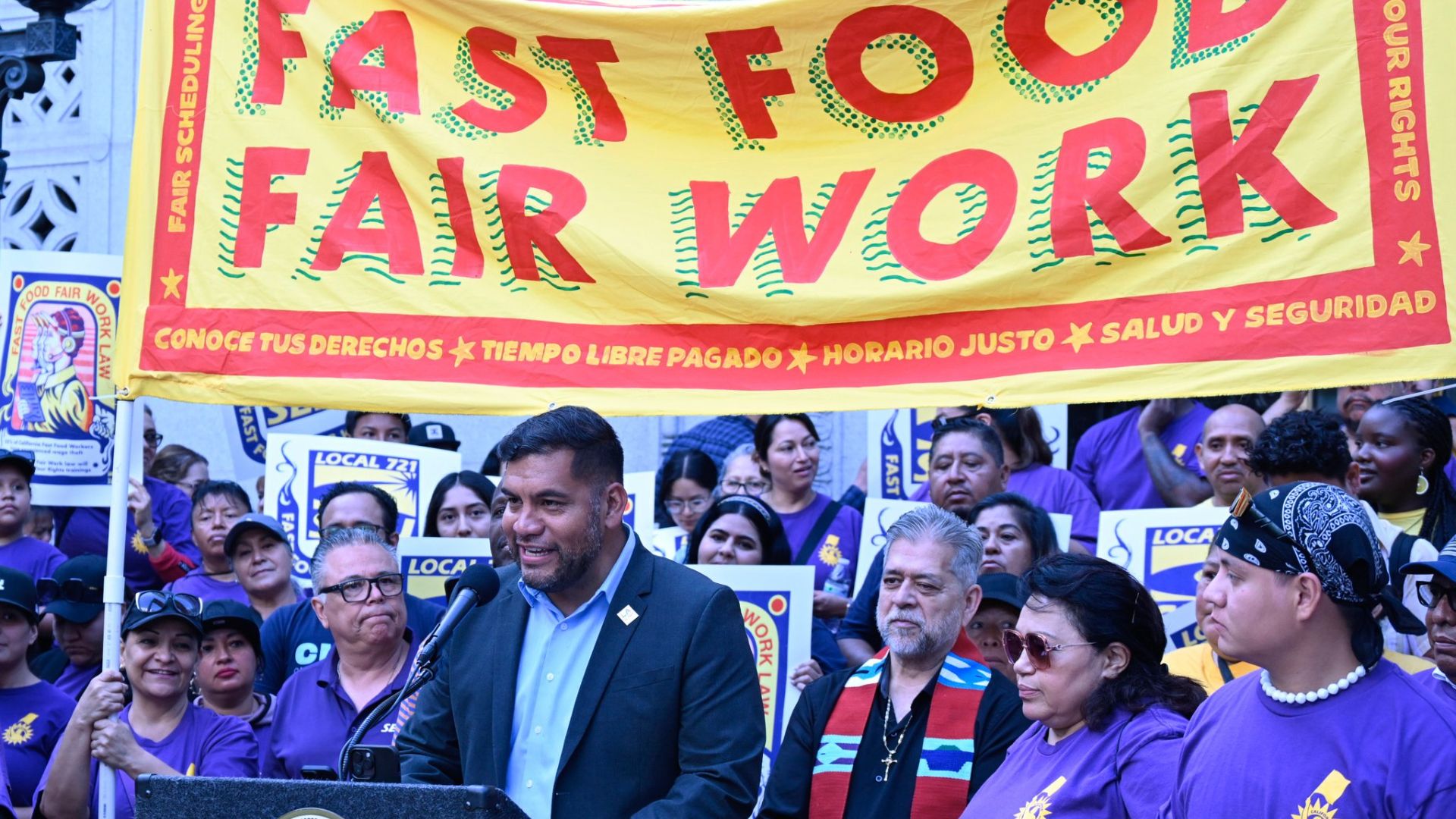
The bill, introduced by former labor union employee, Hugo Soto-Martinez, would also grant fast-food workers an hour of paid vacation time for every 30 hours worked alongside five days of paid sick leave.
Anneisha Williams, employee of an L.A. Jack in the Box, said: “When the massive corporations who employ us steal our wages, change our schedules without notice and hinder our access to paid leave, it injures us and the communities around us.”
Employer Unions Bit Back

A pro-employer group, Save Local Restaurants, has slammed the proposal as a burden that will threaten minority- and female-owned fast-food restaurants.
Juancarlos Chacon, a franchisee of a Jersey Mike’s, said: “Since the higher state minimum wage set in, I’ve had to raise my menu prices and cut employee hours to make ends meet. I cannot absorb any additional costs without drastic changes, including closing one or more of my restaurants.”
AI Might Cut Costs
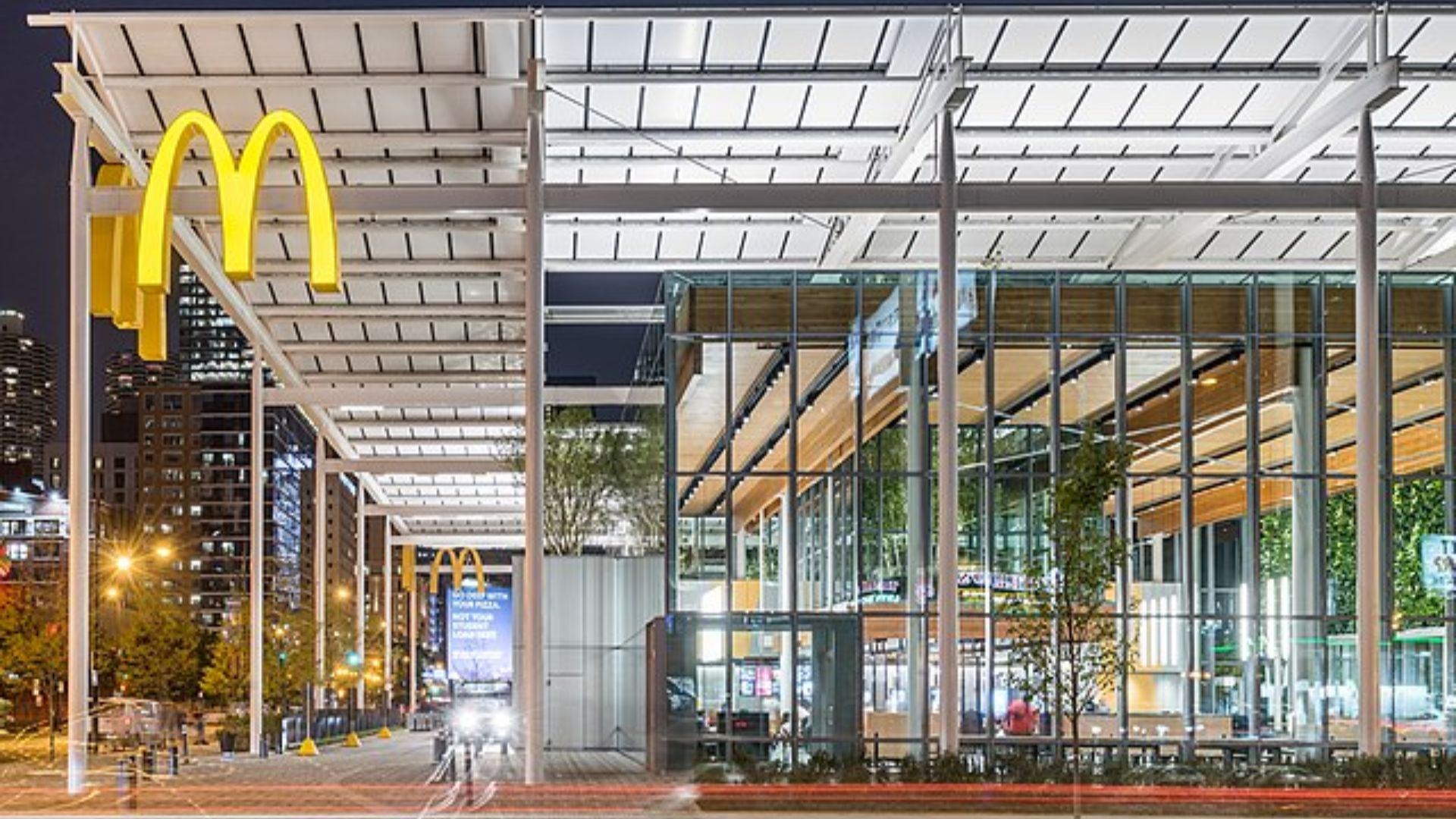
In response to the higher labor costs on fast-food chains, employers are taking advantage of the increase in automation and self-service technology.
Business Insider reports that a major Burger King franchisee in California plans to install self-service kiosks at all locations in response to the new minimum wage. Other possible technologies include kitchen automation software to reduce reliance on human workers.
Automation Could Replace Human Workers
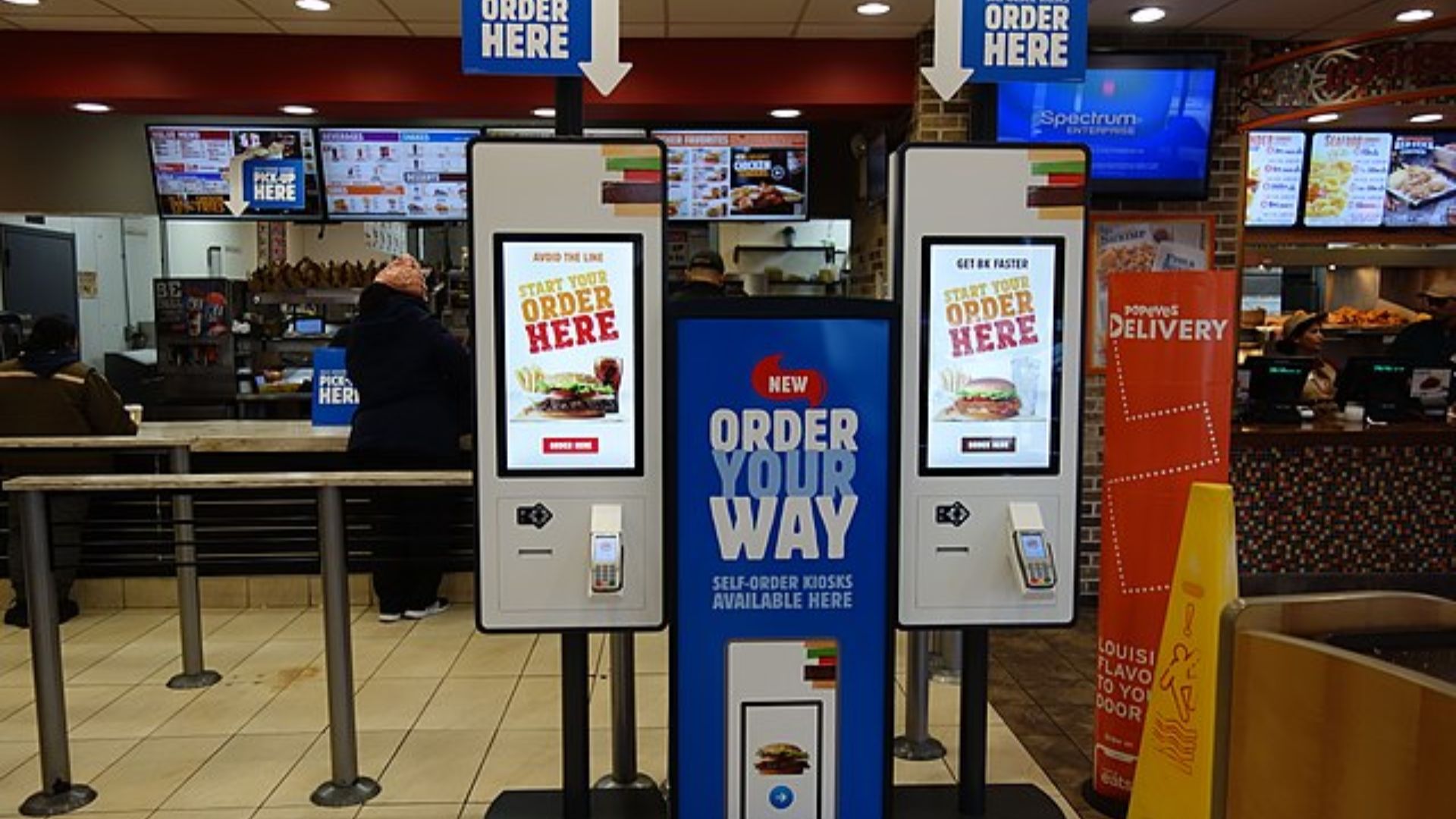
Forbes reports that restaurants like McDonald’s, Shake Shack and Panera Bread are already using self-service kiosks, which reduces the need for human cashiers.
Michaela Mendelsohn was appointed to Newsom’s Fast-Food Council as the CEO of Pollo West and major franchisee of El Pollo Loco. She confirmed to Good Morning America that El Pollo Loco has had to cut employee hours by 10% to reduce costs.
Business Cannot Push Onto the Consumer
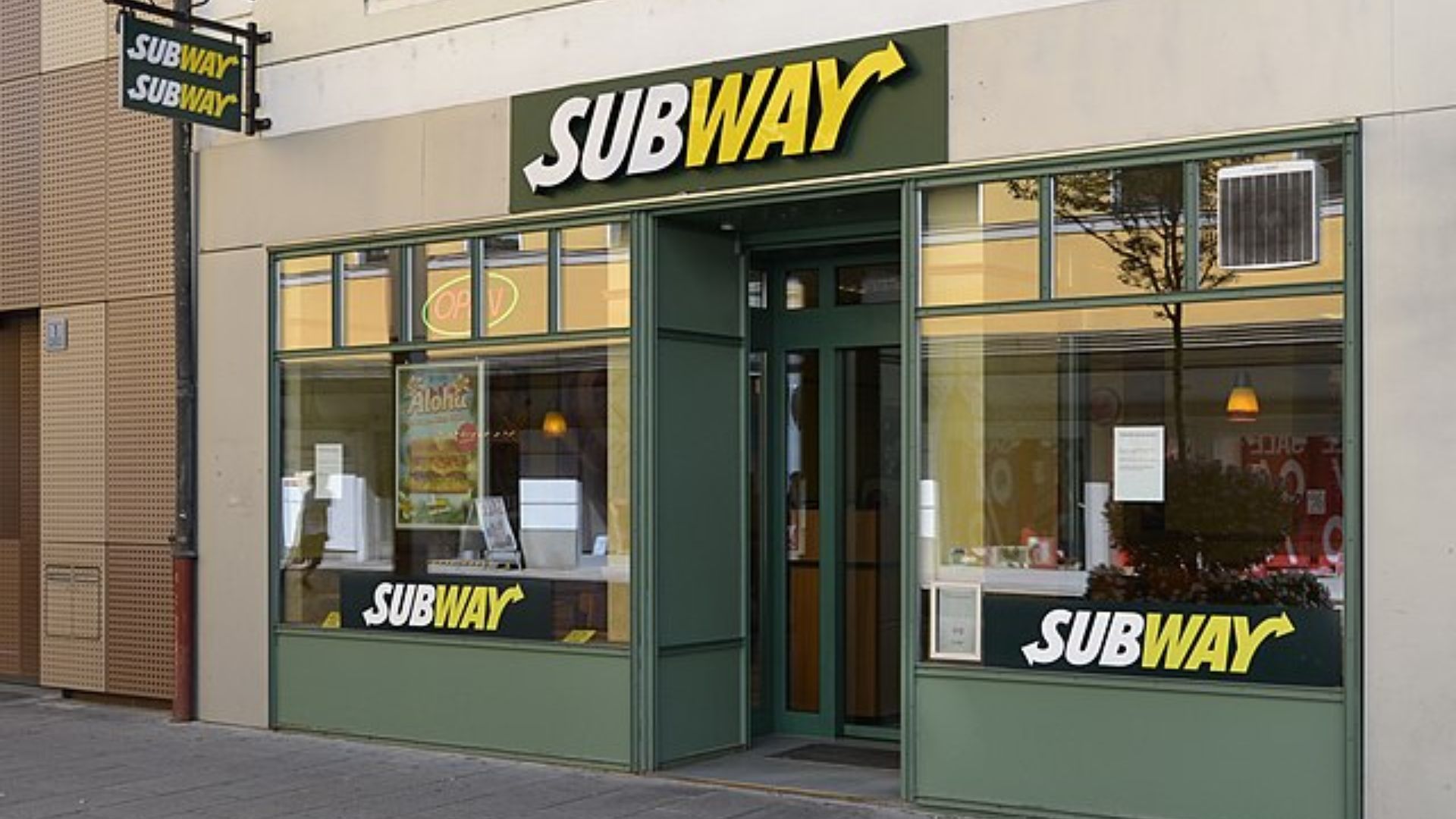
While the new law has caused a jump in labor costs for employers at fast-food chains, Newsom will also not allow restaurants to fall back on consumers to make more money.
Newsom has also cracked down on deceptive “hidden fees” to consumers to ensure transparency between fast-food chains and their customers. This includes disclosing gratuity fees or service charges, even if they are making up for increased labor costs.
Minimum Wage Is Only the Beginning
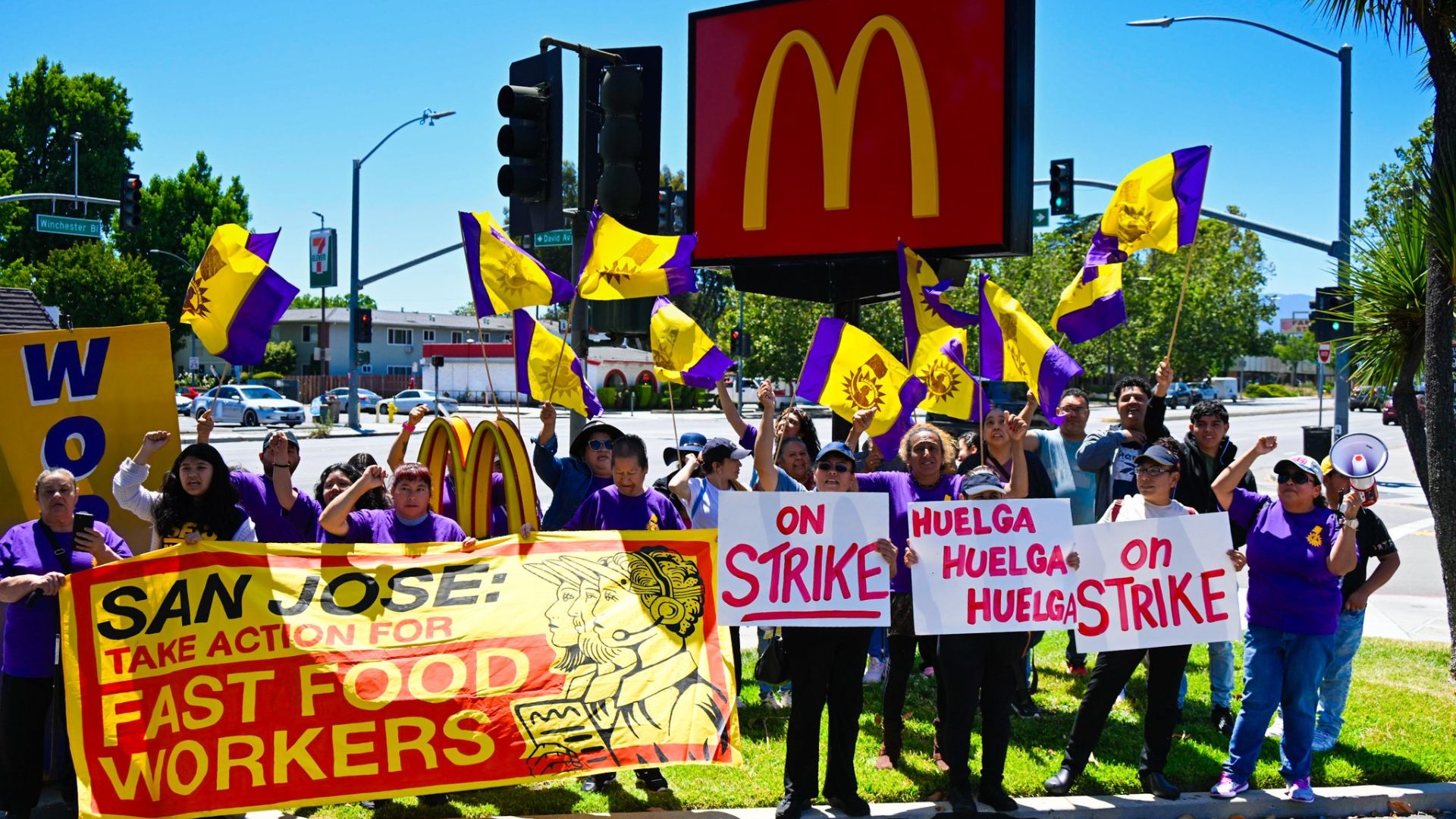
Burger King shift worker, Celeste Perez, was paid $17.75 per hour before the minimum wage increase. Because of the increase to $20 an hour, her hours were cut.
She wants to attend her son’s soccer games and take her first family vacation but will need a greater work package for this to happen. Perez said: “It’s really important for us to keep moving forward, not backward. I think $20 is only one step.”
